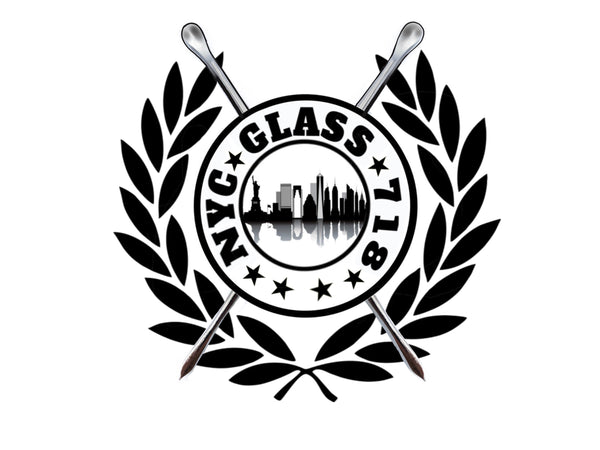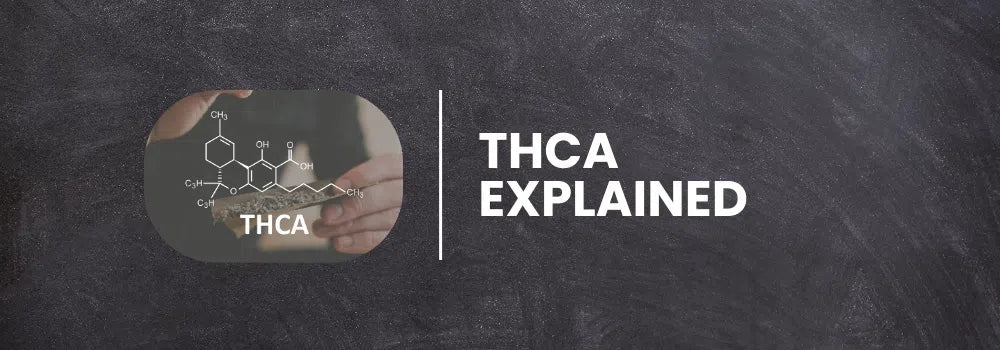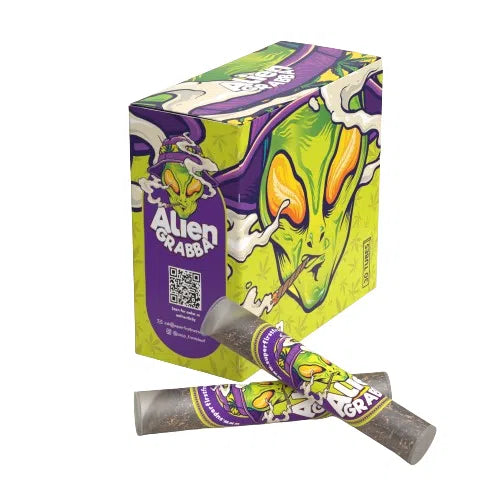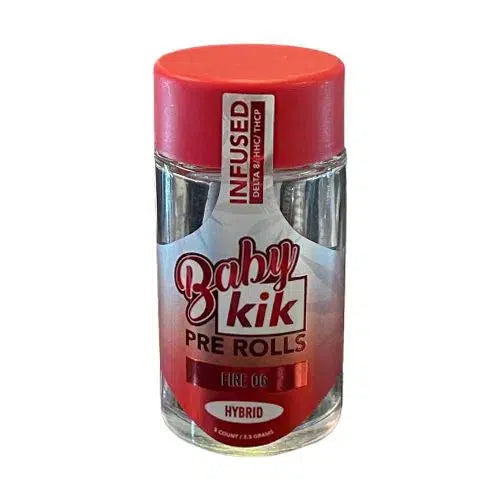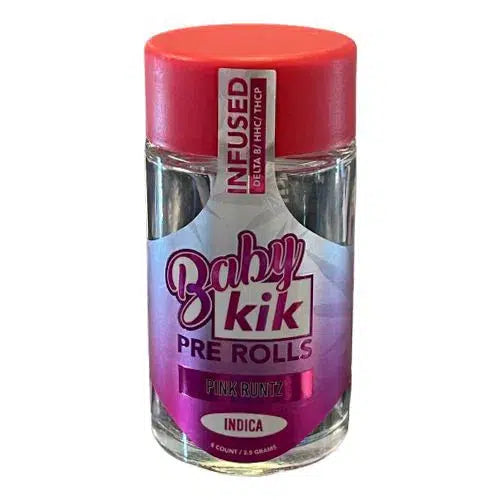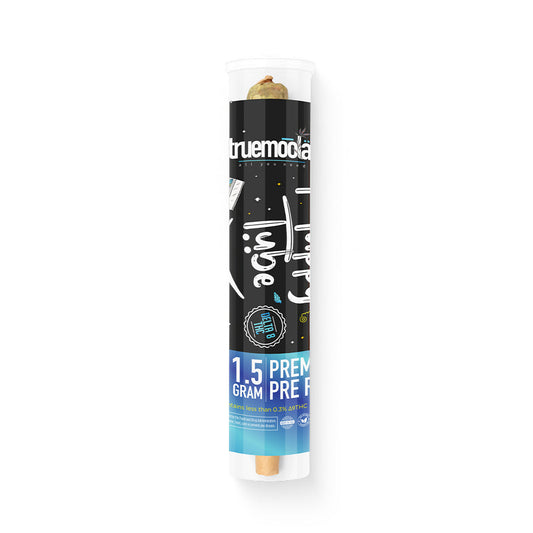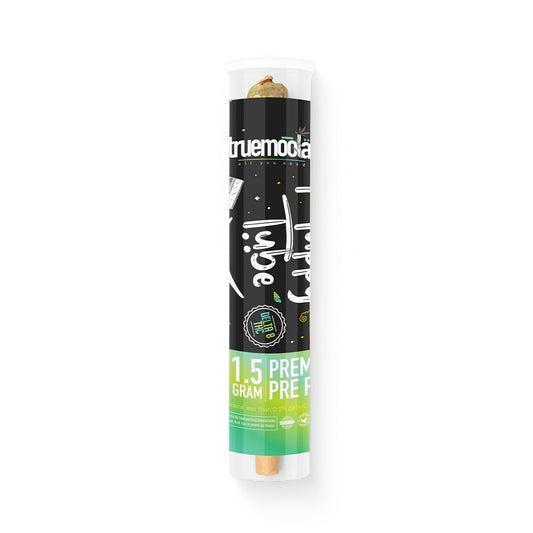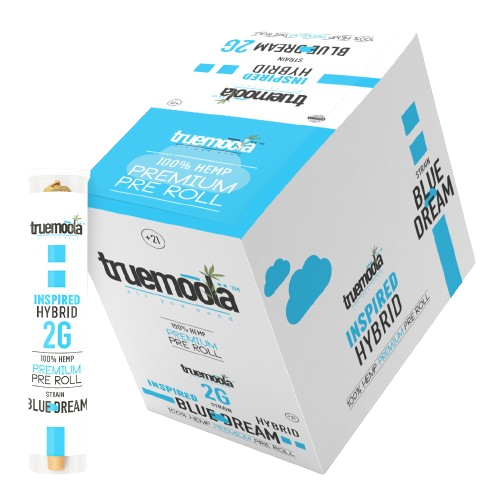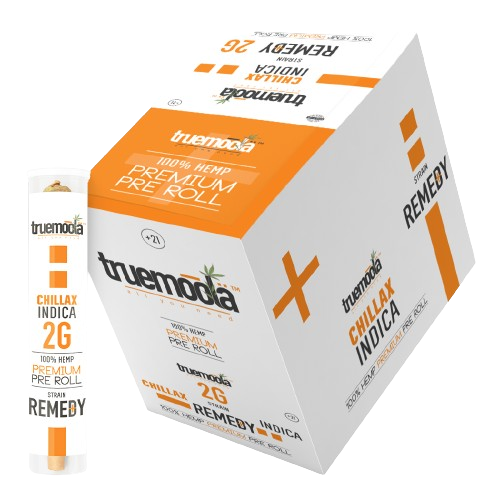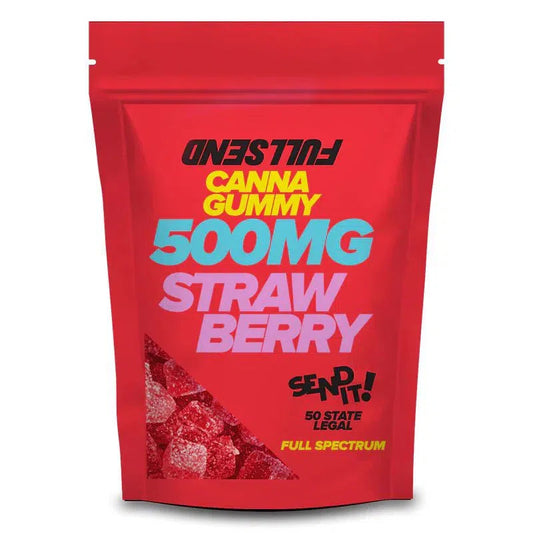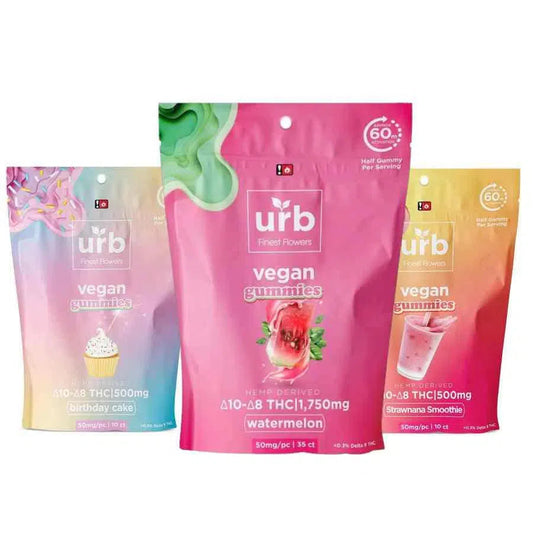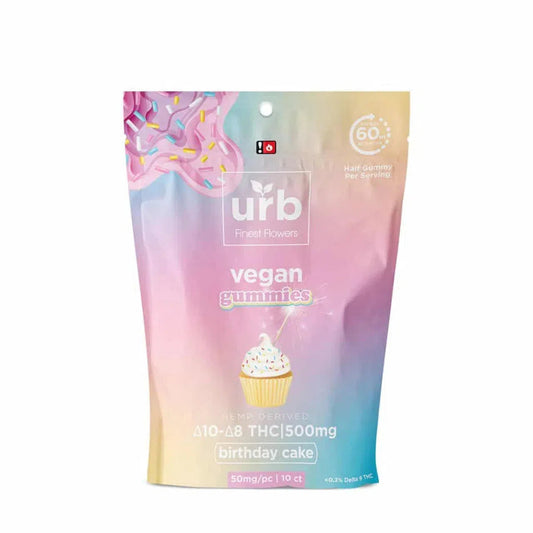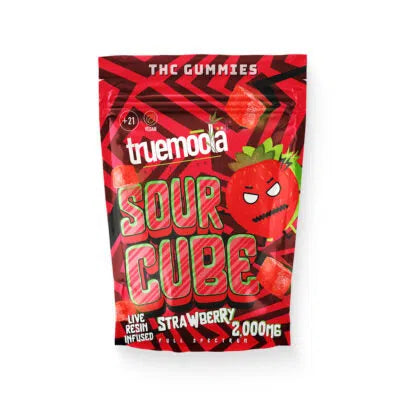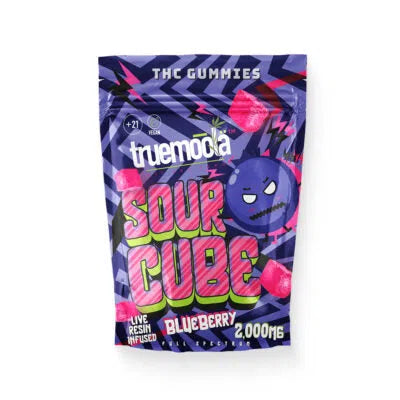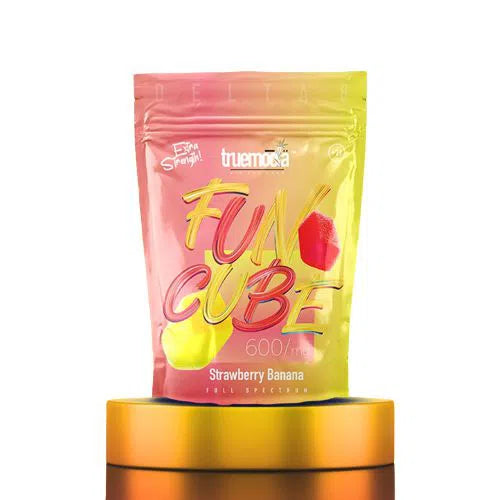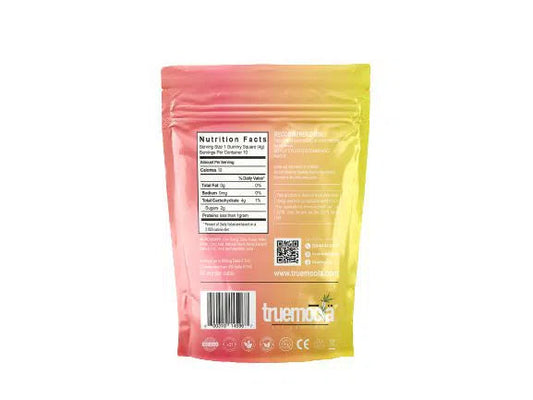Let’s be honest: keeping up with cannabinoids is tough. Especially when they have names like THCA. However, each cannabinoid is different, and when it comes to THCA compounds like this one, they are much more unique than their names might imply.
We’re still learning more about what THCA has to offer in terms of benefits and effects, but it does seem to show some therapeutic value. So, what is THCA? When it comes to THCA vs. other cannabinoids, they differ largely in terms of psychoactivity and how they work in the body. From legality to effects and even the individual benefits this cannabinoid brings, we’re talking specifically about THCA.
WHAT IS THCA?
If you aren’t familiar with THCA, the compound is short for tetrahydrocannabinolic acid, and it’s one of the many cannabinoids found within the cannabis plant. In fact, it’s the precursor cannabinoid to THC. THC is formed when THCA breaks down. THCA breaks down into THC naturally, but it also happens when exposed to heat. This means that when you light your flower to take a hit, you’re activating the cannabinoids, turning the THCA into the intoxicating THC cannabinoid we know and love. This is often why you’ll notice THCA percentages on your cannabis flower labels: they directly affect how potent your cannabis is going to be.
As a result, delta-9 THC is produced when THCA breaks down after getting heated. If you’re looking for potent strains with high THC percentages, then you’re going to want to find options with high THCA percentages. The higher the THCA, the stronger the THC.
HOW DOES THCA WORK?
There is an endocannabinoid system in everyone (ECS). This ECS is filled with cannabinoid receptors (CB receptors), and when THCA is consumed, it doesn’t directly bind to CB receptors like other cannabinoids such as THC. Instead, THCA will enter the bloodstream and cause a whole host of effects in the body.
It is clear that THCA differs from other cannabinoids when it comes to its effects. While most psychoactive cannabinoids show some overlap in terms of effects, each cannabinoid has its own strengths and benefits. One of the most interesting differences in benefits has to do with the way that THCA interacts with seizures and epileptic disorders. Other cannabinoids have some potential benefit here, but not as much as others like CBD or, apparently, THCA.
Since THCA doesn’t interact with the brain in that way, it won’t have an influence there, yet many still seek it out for all that it has been touted to do. We’re still learning more about this cannabinoid and how it works within the body, especially compared to psychoactive cannabinoids. Certainly, more studies are necessary to draw concrete conclusions, but the results are looking promising for THCA.
HOW DO YOU USE THCA?
Now that we’ve discussed what THCA is and how it works, let’s address the most pressing question: how do you use THCA? THCA may be used in a number of ways, including inhalation, ingestion, topical application, and many others. This can be done via prerolls, vape pens, loose flowers, lotions, balms, salves, edibles, or diamonds; the possibilities are truly endless.
WHAT ARE THE DIFFERENT THCA PRODUCTS?
These days, you can find nearly anything on the market infused with THCA. This includes THCA prerolls, THCA diamonds, THCA disposable vape pens, THCA flower, THCA edibles, THCA topicals. As to which product is better, well, there’s no answer. That choice is all left up to you and depends on the desired effects you’re looking for.
